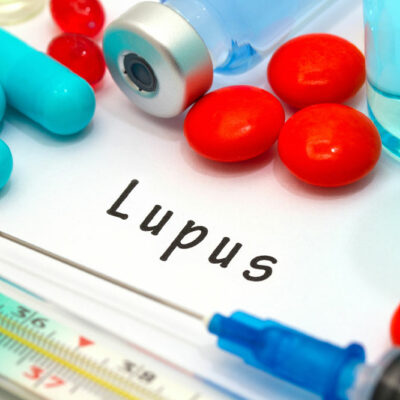
health
5 known causes and triggers of excessive daytime sleepiness
Daytime sleepiness is a condition characterized by a persistent and overwhelming urge to sleep during the daytime, even in situations where it is inappropriate or inconvenient. It often develops as a symptom of underlying sleep disorders or other chronic ailments. Daytime sleepiness can significantly interfere with a person’s ability to stay awake, alert, and attentive during the day, thus raising safety concerns that also impact quality of life. Here are the common causes and known triggers: Inadequate sleep The most common and obvious reason is not getting enough sleep at night. Adults typically need 7-9 hours of sleep for optimal rest, allowing the brain and body to recover. Many people develop insomnia, a condition that triggers difficulty falling asleep or staying asleep, which can result in sleep deprivation and daytime sleepiness. Chronic sleep deprivation leads to the development of excessive daytime sleepiness. Sleep disorders Several sleep disorders can disrupt nighttime sleep and lead to daytime sleepiness. Sleep apnea, for example, is a condition that triggers intermittent breathing, causing oxygen deprivation during sleep, leading to fragmented sleep and daytime fatigue. Even Narcolepsy, a neurological disorder, is characterized by excessive daytime sleepiness, sudden muscle weakness (cataplexy), and vivid hallucinations during sleep onset.




















